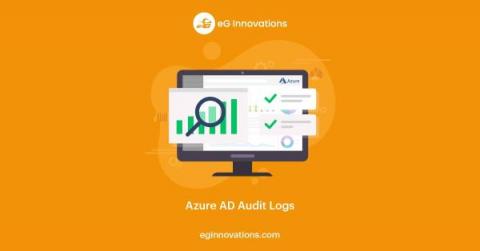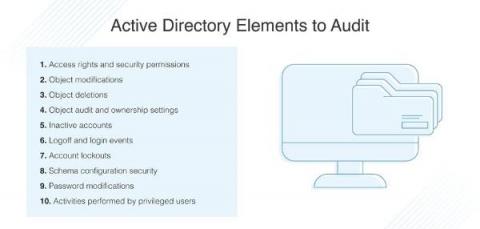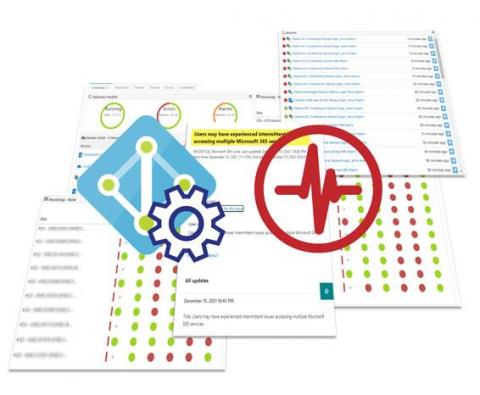Active Directory, what you need to know
The history of this blog explaining what is what in the world of technology is long, we admit. Maybe one day we’ll release a compilation episode, sort of a cabaret musical thing, with all the info and even some special guests, why not! Meanwhile we also tell you what Active Directory is.











